Every non-profit organization has a noble purpose of making an impactful social change. Hence, it is important now more than ever to be able to get your message across effectively and properly during a pandemic.
This includes being able to convey your issues and challenges, as well as your organization’s achievements, in these trying times. This is where an effective pandemic outbreak communication plan comes in handy.
What is a Communication Plan?
Your communication plan serves as your non-profit’s communicating strategy blueprint. It allows you and your team to identify your key message, the audience you should address, as well as plan on how you can successfully disseminate your message.
Fortunately, the basic principles of building a communication plan remain the same whether or not there is an outbreak.
That said, we have listed down six steps on how you can build an effective communication plan:
Assemble Your Team
In order for your communication plan for a pandemic outbreak to be effective, you will need to gather the best ideas from people you trust. Hence, you need to involve the key people within your non-profit organization.
Doing so also enables you to be informed of the concerns from various aspects of your organization. That’s because your beneficiaries will have a different concern compared to your sponsors.
Define Your Purpose
Once you have your team, the next step would be defining the purpose of your communication plan ‒ and that would be to build awareness.
It can be as simple as identifying what you want to communicate to your audience.
During a pandemic outbreak, we suggest that your message should revolve around the action plans you are taking (and intend to take) in order to mitigate its negative effects within your organization.
The idea here is to address your audience’s concerns, as well as ensure that you are taking the necessary steps to maintain normalcy in your operations.
Know Your Audience
As mentioned earlier, your beneficiaries will have different concerns compared to your sponsors or volunteers.
Hence, make sure that you specify this on your communication plan. This includes identifying which messaging channels to use to deliver your message.
That way, you are sure that you are sending the right message to its proper audience. Not to mention that it also helps you figure out whether you should go formal or casual with your message.
Plan Your Content
Now that you know who your audience is, as well as what message you should convey to them, it is time to focus on how you can deliver it.
Now that there is a COVID-19 pandemic, you might need more volunteers so you can help more people and send relief faster. Then make sure to include this in your message.
Consider whether you should go perky or would want to strike a chord in their hearts when inviting people to volunteer. Regardless, it is important that you are able to spark the motivation for your audience to take action.
Just remember to keep your tone positive even if you are addressing a serious issue, such as a pandemic.
Choose the Right Channels
Here’s the thing: Just because you are making a social impact, does not mean you can reach 100% of your audience using a single distribution channel.
Keep in mind that you have a segmented audience. This means that not everyone in the development sector is on the same channel.
You may reach your volunteers via social media, while you might need to reach your sponsors via phone or email. As for your beneficiaries, you might need to talk to them in person or through their respective local government units.
Because this can be cumbersome, it is important that you specify your distribution channels on your communications plan as well.
Know Who to Work With
An effective communication plan for pandemic is more than just knowing what message you want to get across to the right audience using the right channels. It also has something to do with knowing who can help you distribute your message.
Your communication plan can include a list of marketing agencies, social media influencers, local government units, and more. You may even consider tapping your sponsors’ distribution channels, provided that it is appropriate and can help you reach more of your preferred audience.

Benefits of an Effective Communication Plan
Remember: Your communication plan serves as a blueprint for messaging strategy. Without it, working on your content, identifying your audience, and specifying your distribution channels can be cumbersome.
Simply put, a well-thought-out communication plan provides the following benefits:
- It allows you to implement a cost-effective and impactful social campaign.
- It prevents you from taking a hit-or-miss approach when running your campaign.
- It allows you to refine your strategy when conveying a message to your target audience.
So whether or not there is a Coronavirus pandemic, it would be best for every non-profit organization to have a communication plan. Meanwhile, Creativelab is a team of professionals that can help you create an effective communication strategy. Contact us today for a consultation!







